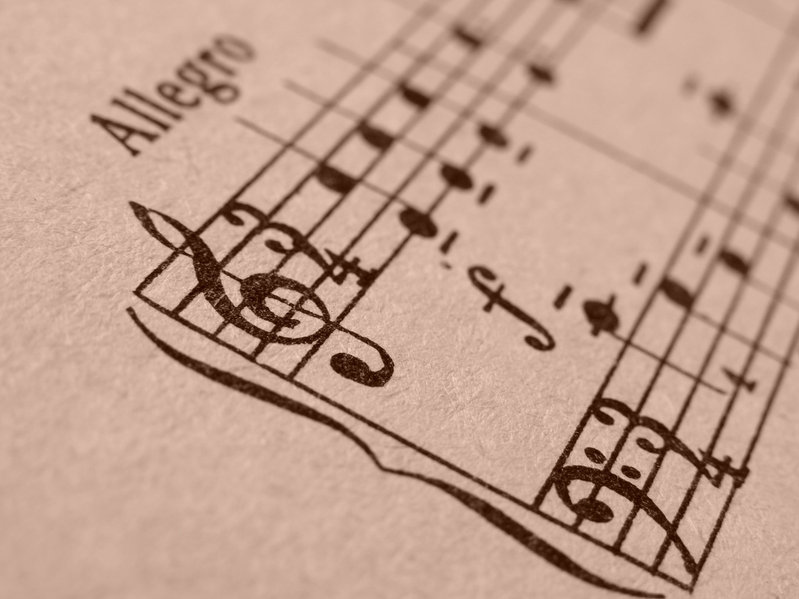
As a student of classical music, I learned about Sonata-Allegro form. This is an example of a type of musical form that classical music/symphonies follow. There are three parts:
- Exposition
- Development
- Recapitulation
The exposition is where the initial theme is exposed. Beethoven’s 5th Symphony has those 4 famous notes. Dit-dit-dit-daaaa! You know what I mean, right? In middle of that movement, Beethoven develops it by playing that motif in a different key and playing a lot of variations of it. Then the music returns to the beginning to recap the story.
If you listen to a lot of music, watch a lot of movies, and read a lot of books, you’ll see the same thing. Initial idea, developed to a frenzy and then recapped at the end to close the story. Similarly, this is what I have tried to do with the 15-minute sets that I put together to play at events, etc. Here are some examples.
4/4 Marches– good easy going marches
- Scotland the Brave
- The Rowan Tree
- Wings
6/8 Marches- something a little different with a little swing
- The Glendaurel Highlanders
- Mrs Lily Christie
2/4 Marches-a little more intense
- Highland Laddie
- The Barren Rocks of Aden
- Jennies Bawbee
Strathspeys (Dance Tunes in 4/4)
- Loudens Bonnie Woods and Braes
- Captain Horne
Reels (Dance Tunes in 2/2)
- The Wind the Shakes the Barley
- The Devil Among the Tailors
Jig (Dance Tune in 6/8)
- The Curlew
Hornpipe (Dance Tune in 2/4)
- Crossing the Minch
Retreat (March in ¾)
- Killworth Hills
You can also substitute any tunes into this format. Once you’ve made your selection, then you will always play these tunes in order.
Remember a bagpiper is a person who can play a list of tunes by memory on the bagpipe. So, work on your memorization skills and think about the Sonata-Allegro form if you’re putting together your own sets. The best place to get more music is in these 3 volumes:

0 Comments